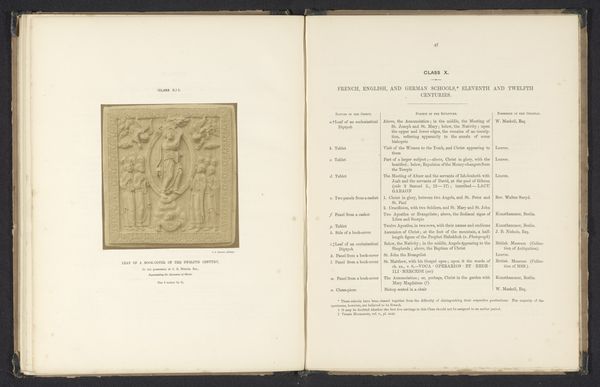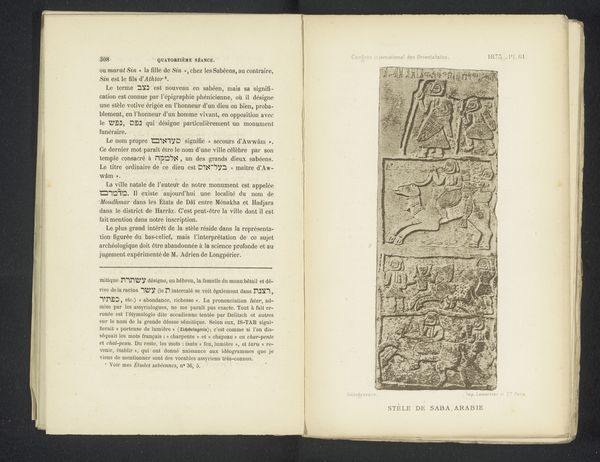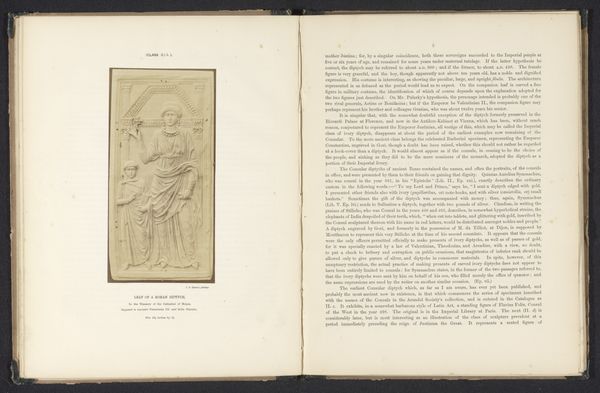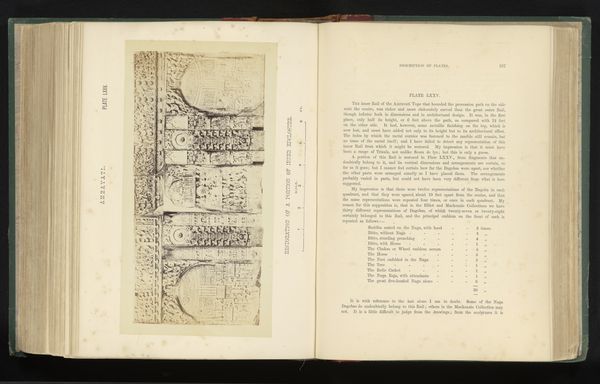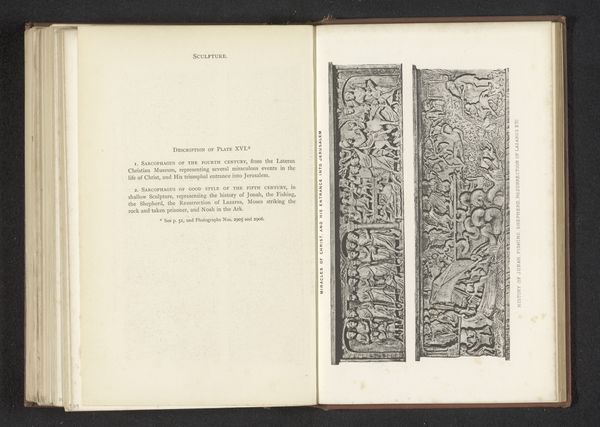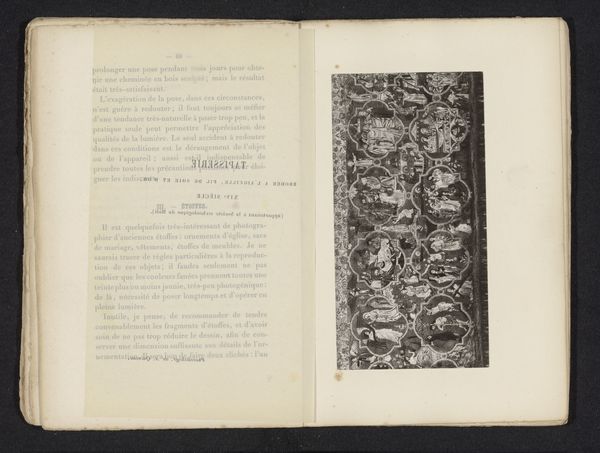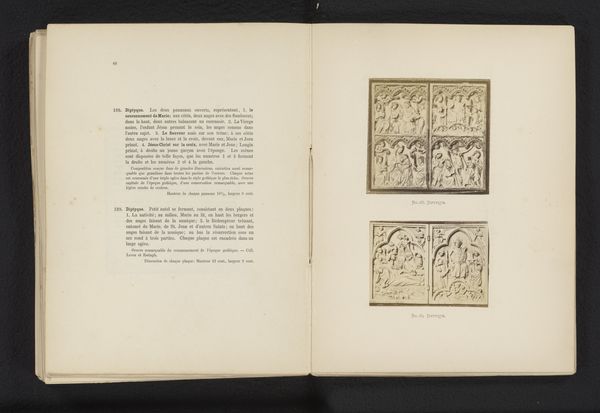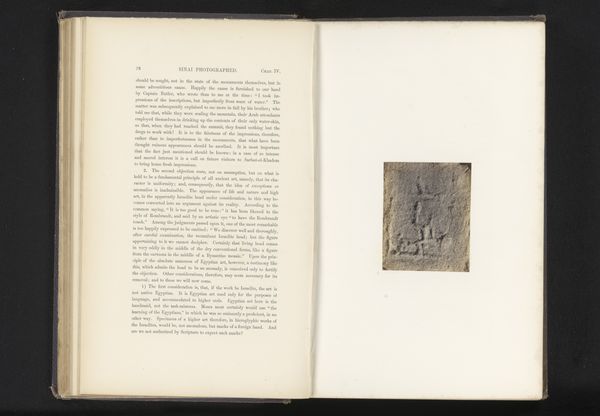
Ivoren sculptuur voorstellend Flavius Anastasius Paulus Probus Sabinianus Pompeius Anastasius before 1856
0:00
0:00
carving, print, relief, textile, bronze, sculpture, engraving, ivory
#
portrait
#
byzantine-art
#
carving
#
narrative-art
# print
#
relief
#
classical-realism
#
textile
#
bronze
#
figuration
#
ancient-mediterranean
#
sculpture
#
history-painting
#
engraving
#
ivory
Dimensions: height 171 mm, width 63 mm
Copyright: Rijks Museum: Open Domain
Curator: Let’s discuss this ivory sculpture, dated before 1856, titled "Ivoren sculptuur voorstellend Flavius Anastasius Paulus Probus Sabinianus Pompeius Anastasius." Editor: My initial reaction is that it’s incredibly intricate, almost overwhelming. The dense composition and fine detail suggest a remarkable level of skill and craftsmanship. Curator: It’s intriguing to consider the piece within the social and political structures of its time. Ivory itself was a highly valued material, indicating wealth and status. This figure, presumably a depiction of Flavius Anastasius, appears quite commanding, which says something about the cultural capital associated with political power in the Byzantine era. Editor: Structurally, it’s fascinating how the artist uses relief to create depth. The figure seems to emerge from a background of elaborate ornamentation. The lines are so crisp, the texture so smooth, but there is very little real shadow, which flattens it to some extent, giving it almost a graphic quality. Curator: And what of his gesture? Is it one of offering, or of dominance? His presence surely served a purpose, possibly to reinforce particular socio-political viewpoints about leadership. The figure is idealized, conveying particular virtues or values associated with the Byzantine authority. Editor: Perhaps both offering and dominance can be at play. The slight contrapposto stance also adds a certain dynamism. And it’s tempting to apply semiotics to discern meaning from all of these symbols. Each small aspect seems intentionally considered to add a layer. Curator: Indeed, such close viewing practices are vital. When we begin unpacking symbolic intention, it deepens our awareness of historical, class and social consciousness within these structures. Editor: I’m left admiring the complex interplay of line, form and narrative—all unified by that lustrous surface of ivory. Curator: This analysis only emphasizes the necessity to consider this artwork, to consider it within larger cultural paradigms that form both past and current discourses regarding status, privilege and power.
Comments
No comments
Be the first to comment and join the conversation on the ultimate creative platform.
